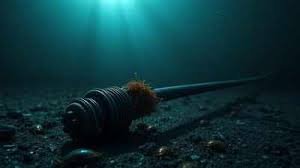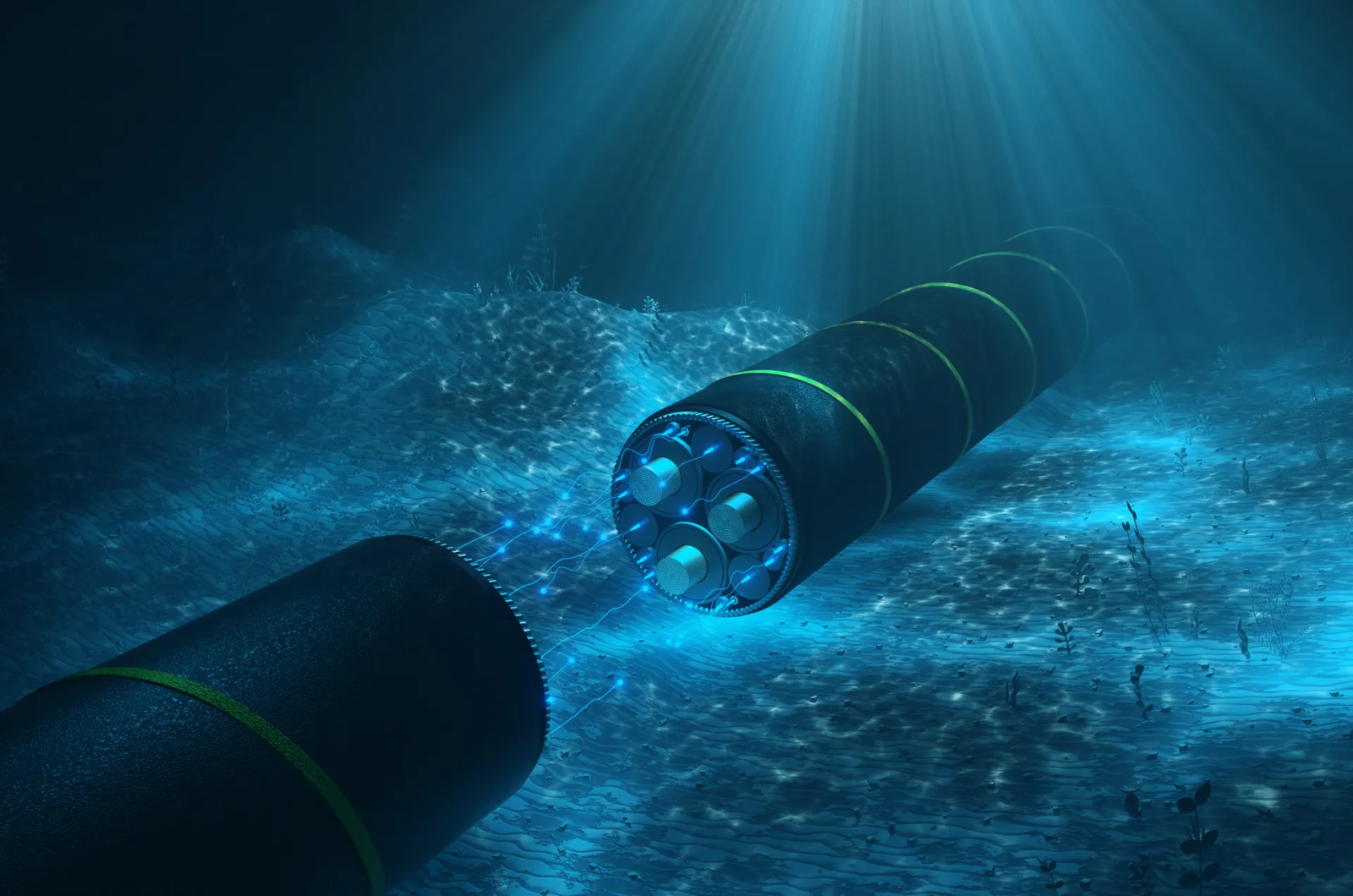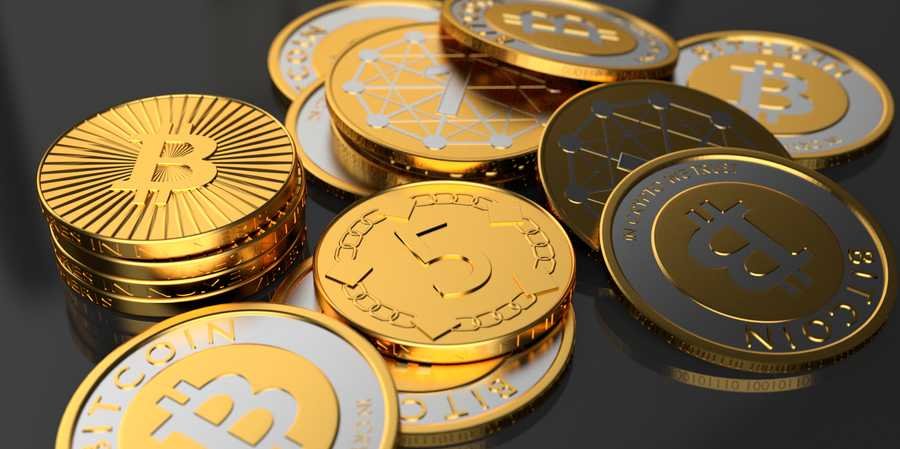Internet Cable under the Red Sea: The Red Sea plays a strategic role in global internet connectivity due to its location between Africa and the Middle East. Several submarine internet cables pass through this crucial waterway, forming part of the backbone of international communication networks. These undersea cables carry data, voice, and internet traffic, enabling high-speed connectivity between continents.
Importance of Red Sea Submarine Cables
The Red Sea connects the Mediterranean Sea via the Suez Canal to the Indian Ocean, making it a vital corridor for international data transmission. Cables in this region serve countries like Egypt, Saudi Arabia, Sudan, and Yemen, while also linking Europe to Asia. The presence of submarine cables in the Red Sea ensures low-latency, high-speed internet access, which is critical for business, finance, education, and communication.
How Submarine Cables Work
Internet cables under the Red Sea, like other submarine fiber-optic cables, transmit data as pulses of light. They consist of multiple layers: glass fibers for light transmission, steel wire for protection, and waterproof coatings. Repeaters are placed at intervals to amplify the signal, allowing data to travel thousands of kilometers without degradation.
Landing stations at coastal points convert optical signals into electrical signals for terrestrial networks. This seamless process allows the Red Sea cables to support international internet traffic, connecting millions of users across continents.

Challenges in the Red Sea
Laying and maintaining submarine cables under the Red Sea comes with challenges. Marine activity, fishing, and shipping can accidentally damage cables. Natural factors like underwater currents and seismic activity also pose risks. Furthermore, the strategic importance of the region makes security and protection a priority for governments and telecom companies.
Major Red Sea Cables
Several notable submarine cable systems pass through the Red Sea, including SEA-ME-WE (South East Asia–Middle East–Western Europe) cables. These cables form part of a global network, ensuring continuous data flow between Europe, Africa, and Asia.
The internet cable under the Red Sea is a critical part of the global digital infrastructure. It connects continents, supports international communication, and ensures fast and reliable internet services. Protecting and maintaining these submarine cables is essential for sustaining the growing demand for high-speed internet across the world.
How Artificial Intelligence Affect Our Future
What is CPC or PPC Website and How it Works
Cheapest Website Company in Kolkata – Techwelfare.com
![]()





